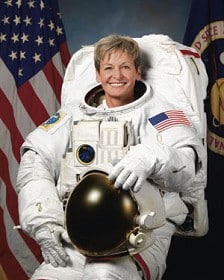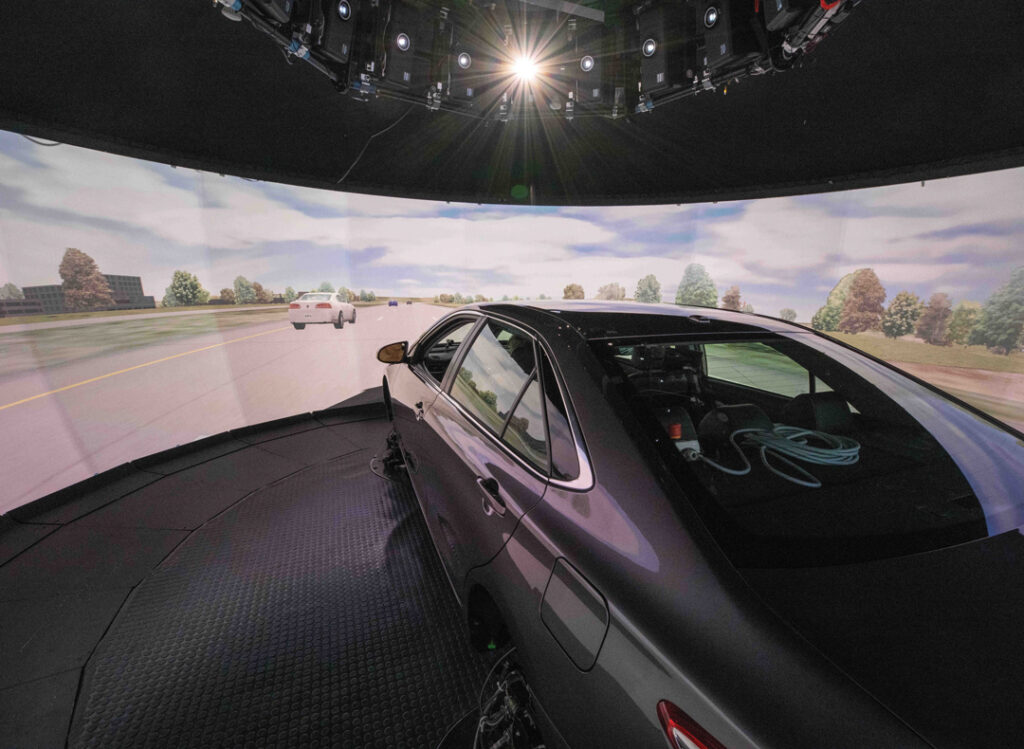3 questions with Peggy Whitson:
Science & technology careers and space travel

Iowa-born astronaut Peggy Whitson was in Des Moines earlier this month as part of the Science Center of Iowa’s Scientist in Residence program.
Whitson, who has completed two six-month tours of duty aboard the International Space Station, was the first female commander of the station and has spent 377 days in space, the most for any woman.
Whitson decided while a senior in high school that she wanted to be an astronaut and got her first chance for space travel in 2007.
Among the most challenging aspects of her first tour was the fear of screwing up, she said. But once over that fear, Whitson got used to living in zero gravity and actually enjoyed it.
“And the view is phenomenal,” she said.
How important is it for Iowa to focus on getting people into science careers?
I think it’s absolutely critical, not only for Iowa but for our nation as a whole. If we expect, as a nation, to be a leader, we have to lead in science, technology, engineering and math. We have to lead in those fields. And if we don’t, we are not going to be a leader in the world. We have to be pushing those boundaries all the time.
What is the biggest challenge of getting more people in those positions?
I think we at NASA are trying to go out and influence young people. I’m not sure what the negative influences have been in the past 10 or 15 years that have caused young people to choose not to be in those fields, but we need to get young people excited again, and I think places like the Science Center here and anything we can do to promote science, technology, engineering and math is going to be a win-win for everybody. Individuals and the country.
What was going through your head as you went on your first spacewalk?
The first time I did a spacewalk, it was from the International Space Station, and I’ve heard some people say they were worried about the sensation that you feel like you’re falling. You’re going 17,500 miles per hour, and if you start feeling like you’re falling, then you can’t move and can’t do your job. One of those “don’t screw up” kind of things. And so I think my big concern going into the spacewalk was “How do I overcome that if it happens to me?” I was lucky enough that it didn’t happen to me. I was just in complete awe of the beauty and amazing view. And of course it’s a lot of hard work, doing a spacewalk. Once you get into doing the job, it takes your mind off of a lot of other things.











